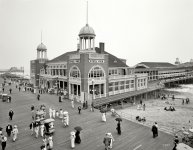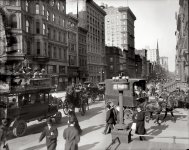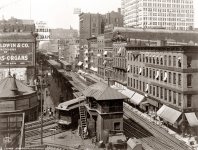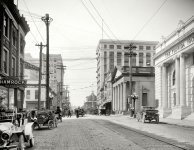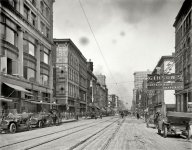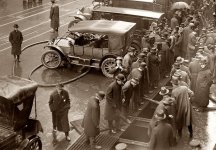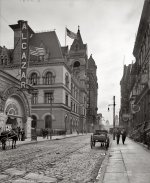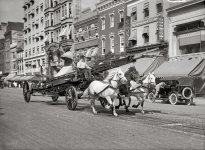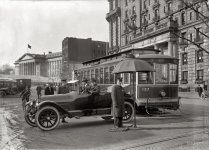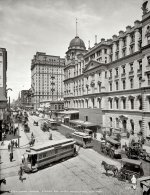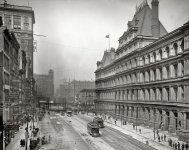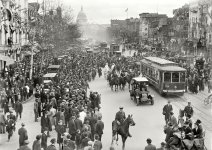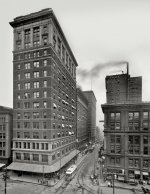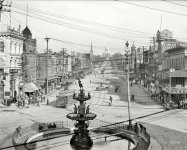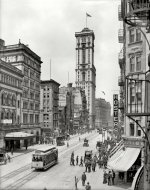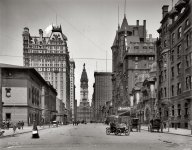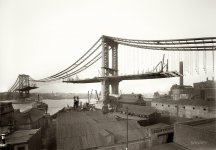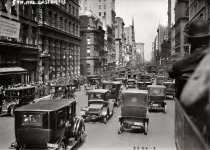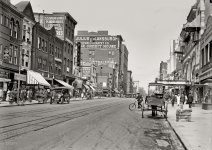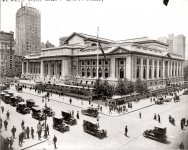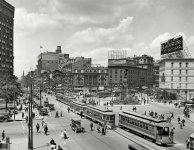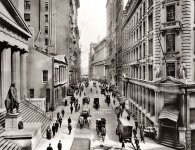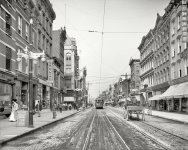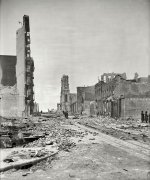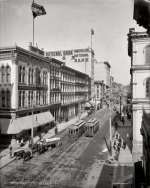This all seems about right to me, but I'm probably too "radicalized" at this point. At the very least, it is yet another example that the arrow of progress, especially when it comes to technology, does not necessarily move forward. Being "better" often isn't the endgame, being cheaper/faster plays a role, as does the politics of the industry. As KD has shown repeatedly, mass transportation was clearly better 100 years ago in terms of efficiency, availability, and most other standards, but there was big time money to be made selling everyone a gas burning car.
With photography too, I think we have to deal with the modern day marketing of HD and the switch from analog to digital. It's really all just a different delivery mechanism for a people with clearly different entertainment priorities than 100 years ago. The fact is you only need a higher resolution if you need something to be huge (which is again a need promoted by marketing).
Basically, it makes sense to me that wonderful "HD" quality photography was available 50 to 75 years after it was allegedly invented, but most people didn't have a use-case for a photo the size of a mural. So the industry was able to scale down the quality for reasons of quicker/cheaper production (think Polaroid) in order to get more people to buy it. Eventually, once the market is saturated, it's time to unveil the "upgrades" which is just rebranding what already existed (think Tesla).
What's interesting (and probably the saddest) is that it really seems like there's nothing new under the sun, just a market that expands and collapses based on the overall culture and the average person's disposable income.


